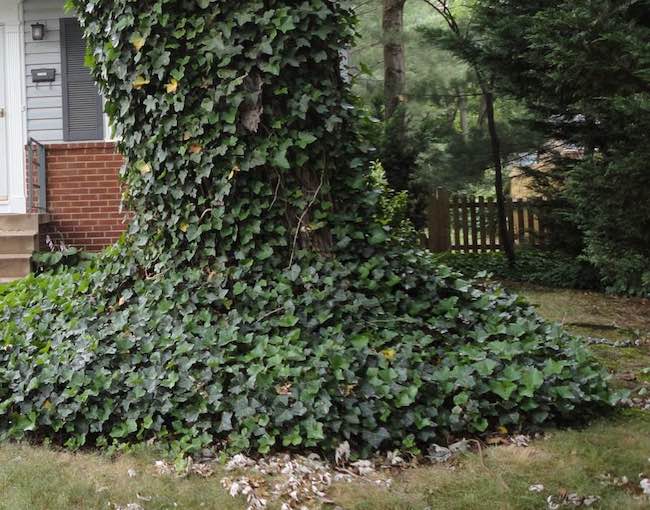Controlling Ivy on Trees

Controlling ivy on trees can be a challenging task, but it is essential to maintain the health and structure of the tree. Here are some steps to follow:
- Identify the type of ivy: Before taking any action, you should identify the type of ivy growing on the tree. English ivy (Hedera helix) is a common species, and it can be easier to remove than other types, such as poison ivy or Virginia creeper.
- Cut the ivy at the base: Use a pair of pruning shears or a sharp knife to cut the ivy stem at the base, as close to the ground as possible. This will prevent the ivy from taking up nutrients from the tree and eventually killing it.
- Remove the ivy from the tree: After cutting the ivy at the base, you need to remove the remaining vines from the tree trunk and branches. Be gentle and avoid damaging the tree bark, which can lead to infections and diseases. You can use your hands or a tool like a garden claw to loosen the ivy and pull it off.
- Repeat the process regularly: Controlling ivy on trees is an ongoing process, and you may need to repeat the steps above several times. Ivy can grow quickly and spread to other areas of the tree, so it’s essential to monitor the tree regularly and remove any new growth as soon as possible.
- Consider using herbicides: If cutting and pulling the ivy is not enough, you may need to use an herbicide. Make sure to choose a product that is safe for trees and follow the instructions carefully. Apply the herbicide to the cut stem of the ivy, and avoid spraying the tree leaves or bark.
Overall, controlling ivy on trees requires patience and persistence, but it is necessary to protect the tree’s health and longevity.